Innovative Chemical Materials: Pioneering Sustainable Solutions in Textile Printing
- Addtime: 2025-04-08 / View: 546
The global textile printing industry is at a pivotal moment, driven by the urgent need for sustainability and the relentless pursuit of technological advancement. Traditional methods, which have long relied on resource-intensive processes and harmful chemicals, are being replaced by eco-friendly alternatives. This transformation is not only environmentally necessary but also strategically advantageous, as it aligns with consumer demand for greener products and ensures the long-term viability of the industry. This article explores the latest advancements in chemical materials that are reshaping the textile printing landscape, offering solutions that balance environmental responsibility with commercial viability.
● The Environmental Challenge: Why Sustainability Matters
The textile industry is one of the largest polluters globally, contributing significantly to water contamination, carbon emissions, and microplastic pollution. According to the United Nations Environment Programme, the sector accounts for 20% of global industrial water pollution and 10% of carbon emissions. Traditional dyeing and printing processes consume vast amounts of water and energy, while synthetic dyes and fixatives often contain hazardous chemicals that persist in the environment, posing risks to ecosystems and human health.
These challenges have spurred the industry to seek alternatives. As consumer awareness grows and regulatory pressures intensify, sustainable materials and processes are becoming essential. Innovations in chemical materials are at the forefront of this shift, offering solutions that reduce environmental impact while maintaining performance.
● Cutting-Edge Innovations in Sustainable Textile Printing
1. Digital Printing: Precision and Efficiency
Digital printing is revolutionizing textile production by eliminating the need for water-intensive dyeing and washing processes. Using inkjet technology, digital printing applies designs directly onto fabrics, reducing water usage by up to 90%. This method also minimizes waste by using only the necessary amount of ink, ensuring precision and high-resolution results. Brands like Patagonia and Stella McCartney have already adopted digital printing to enhance their sustainability efforts.
2. Water-Based Inks: A Safer Alternative
Water-based inks are replacing solvent-based alternatives, offering a non-toxic, biodegradable solution. Made from natural pigments and water, these inks eliminate harmful chemicals and reduce volatile organic compound (VOC) emissions. They are suitable for various fabrics and printing techniques, including screen printing and digital printing. Major brands like H&M and Nike have integrated water-based inks into their production processes to reduce environmental impact.
3. Bio-Based Dyes: Harnessing Nature’s Palette
Bio-based dyes derived from plants, algae, and agricultural waste are gaining traction. These dyes are biodegradable and free from toxic chemicals, making them an eco-friendly alternative to synthetic options. Companies like Colorifix are pioneering processes that extract pigments from food waste, such as beetroot peels and grape skins, and fix them to fabrics using biotechnology.
4. Nanotechnology-Enhanced Dyes: Performance Meets Sustainability
Nanotechnology is transforming dye performance by enabling deeper penetration and better adhesion, reducing the need for fixatives and rinsing. These dyes are particularly effective for high-performance textiles, such as sportswear and outdoor apparel, where durability is critical.
5. Direct-to-Film (DTF) Printing: Versatility and Efficiency
DTF printing involves transferring designs onto a special film, which is then heat-pressed onto fabrics. This method reduces waste and energy consumption while offering vibrant, detailed designs with excellent durability. It is compatible with various fabrics, including cotton, polyester, and blends.
● Case Study: Ever Dye’s Journey to Sustainability
Ever Dye, a leading textile manufacturer, has embraced sustainable practices by adopting bio-based dyes and water-based inks. The company’s commitment to meeting new sustainability standards, such as OEKO-TEX® and ZDHC, has reduced its environmental footprint while enhancing product quality.
● Policy and Consumer Demand: Driving the Transition
Regulatory frameworks like the EU’s Ecodesign for Sustainable Products Regulation and the New York Fashion Act are pushing the industry toward greener practices. Meanwhile, consumer demand for eco-friendly fashion is growing, with 73% of global consumers willing to change their habits to reduce environmental impact.
● Conclusion
The textile printing industry is undergoing a transformative shift, driven by innovation in chemical materials and a growing commitment to sustainability. From digital printing and bio-based dyes to waterless technologies and nanomaterials, the tools for a greener future are within reach. As brands and consumers alike prioritize environmental responsibility, the industry is poised to embrace these advancements not just as a moral obligation but as a strategic imperative. The path forward is clear: sustainability is no longer an option—it is the future of textile printing.






